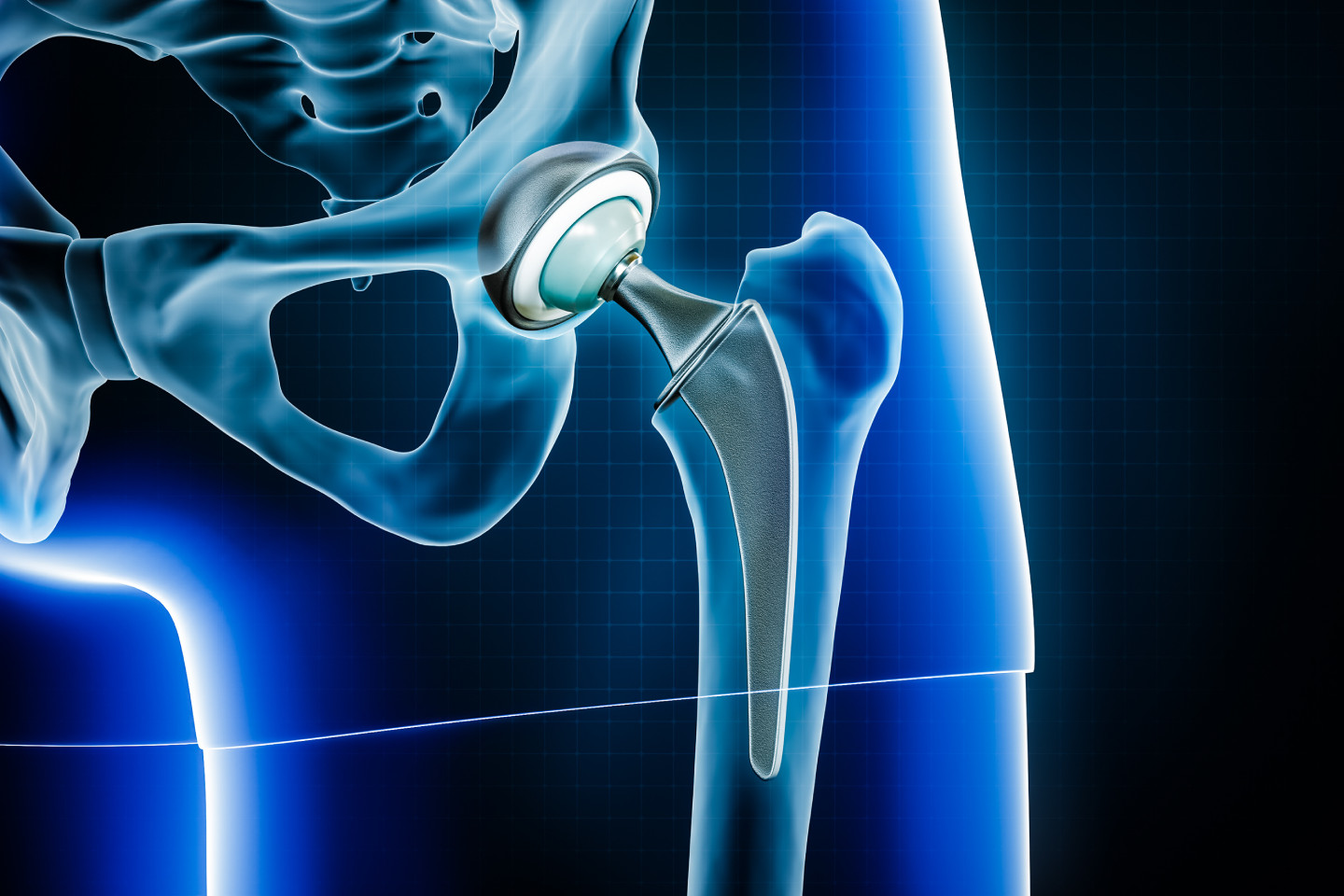Medical Devices
Types of Hip Replacement surgery

Different Types of Hip Replacement Surgeries
Often, people need a hip replacement due to age-related wear and tear, an underlying condition, or an injury. Replacement of a damaged hip is done through a surgical procedure known as hip arthroplasty, which involves replacing parts of the hip joint with artificial implants. The human hip joint consists of the ball and the socket. Hip replacement surgery can involve the replacement of either one or both parts. The surgery aims to manage hip pain and enable patients to perform daily physical activities more efficiently.
Read on to learn more about the various types of hip replacement surgeries.
What are the Types of Hip Replacement Surgeries?
Today, patients experiencing hip pain can choose to alleviate their symptoms by undergoing hip replacement surgery as a last resort when all other alternative options do not provide the desired relief. However, the type of hip replacement needed depends on various factors. An orthopedic surgeon will evaluate the specifics of a case and recommend the most appropriate type of arthroplasty. Hip replacement surgeries are categorised based on the parts replaced, the method of access, and the level of invasiveness.
Hip Replacement Surgery as per the Parts to be Replaced:
There are two types of hip replacement surgery based on the part of the hip joint that needs to be replaced. The human hip has two parts: the ball and the socket. The ball is located on top of the femur (the thigh bone), while the socket is located on the pelvis (the hip bone).
Total hip replacement involves replacing both the ball and the socket, while partial hip replacement only replaces the ball.
Hip Replacement Surgery as per the Points of Access:
Next, to replace a hip, a surgeon will remove it and fit the implants. A surgeon can access the hip joint from three angles to remove the damaged hip. They are as follows:
- In the anterior approach, the hip joint is accessed from the front. This minimally invasive technique, known as the muscle sparring approach, is preferred to prevent damage to the surrounding muscles and speed up recovery.
- In the lateral approach, the hip joint is accessed from the side. This approach is also minimally invasive going through outside of the hip, away from the blood vessels to the hip.
- In the posterior approach, the hip joint is accessed from the back. This minimally invasive approach is used for simple hip replacement surgery and can be extended for revision surgery as and when the need arises.
Hip Replacement Surgery as per the Level of Invasiveness Needed:
Based on the invasiveness required to perform the surgery, hip replacement procedures have been categorized as traditional and minimally invasive.
- Traditional:
In a traditional hip replacement, the surgeon makes a large, single incision (around 10-12 inches long) to access the hip joint, typically through the lateral or posterior approach. This method can increase recovery time, as the surgeon has to cut through various muscles and tendons to reach the joint. Additionally, it puts patients at risk of dislocation until all the supportive structures associated with the implants are fully healed. - Minimally Invasive:
On the other hand, minimally invasive hip replacement aims to minimise the impact of surgery on healthy tissues, including muscles and blood vessels. Initially, the anterior approach was presented as a minimally invasive way to perform hip replacement surgeries. However, nowadays, surgeons are using minimally invasive techniques with all approaches. A minimally invasive procedure involves accessing the joint through one or two small incisions and moving the muscles aside as needed. The primary advantages of this method are lower damage, less pain, reduced limping and risk of dislocation, and easier recovery.
Latitud Hip Replacement System from Meril
To make total hip replacement surgeries more seamless, Meril offers the Latitud Hip Replacement System, which consists of uncemented & cemented femoral stem, instrumental to arthroplasty. The stem is a sturdy surgical implant designed to be mated with the Femoral Head made of cobalt chrome or stainless steel to be used depending on the type of procedure. The acetabular cup system is made of special titanium alloy and a highly cross-linked poly to accommodate the femoral head. Available in compatible assorted sizes, this Latitud Hip Replacement System is apt for the varying needs of hip replacement surgery.
Conclusion
Every patient needing hip replacement surgery may not be suited for a minimally invasive procedure. The choice of surgery depends on factors such as the patient's age, weight, fitness, and other factors. The types of hip replacement surgery and the recovery time may vary based on an individual case, and it is best to consult a doctor or medical specialist.





